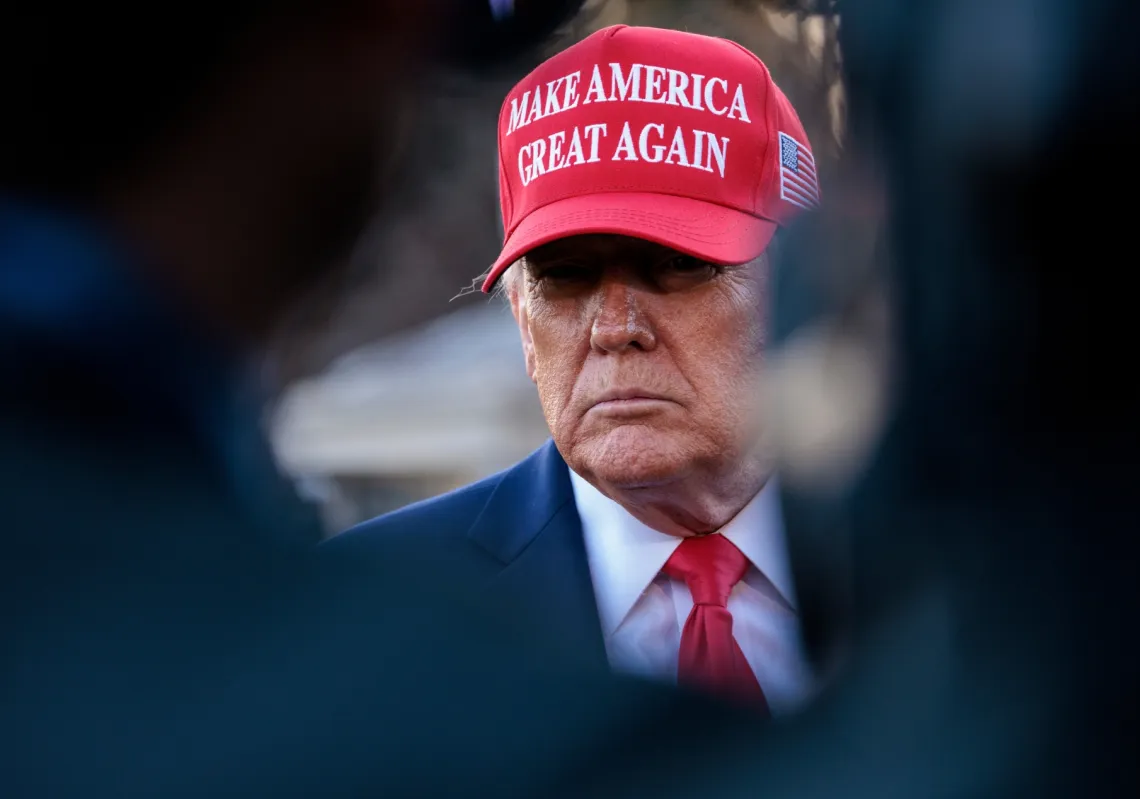The BRICS group, comprising five nations – Brazil, Russia, India, China, and South Africa – has been actively working to decrease its reliance on the US dollar since its inception in 2009.
As a step in the right direction, they use their own national currencies to facilitate intra-trades among member states – an approach that has proven effective due to their strong product diversity, which lowers investment costs and eases international financial transactions.
The largest component of this long-term strategy, however, is BRICS’ ongoing mission to develop a unified currency that could compete with, or even replace, the US dollar.
Read more: Building blocks of a global power: Why countries are increasingly turning to BRICS
If it manages to attract major economies like Saudi Arabia and Iran, BRICS could indeed become the most prominent and influential economic group in the world.
Some believe that the current probability of BRICS’ freeing itself from dollarisation is higher than ever. In the past year, its group states had more money coming in than going out, unlike the G7 grouping (considered BRICS’ “rival”), which witnessed a decline in common GDP.

Joseph Sullivan, a former White House economic adviser, believes that BRICS states have an unprecedented capacity to achieve high-level self-sufficiency in global trades – something that has eluded other currency unions, such as the eurozone – due to significant geographical diversity and a wide range of exchanged commodities and services.
If BRICS states can maintain their unity – and succeed in pulling in influential economies – then we could very well be on the precipice of a gargantuan geopolitical shift.
The main challenge here is to create an integrated payment system that connects the group states' different payment links without the need to convert their currencies into dollars. This would be even more effective if, and when, their central banks introduce digital currencies.
China's currency, the renminbi (or Chinese yuan), is currently ahead of the rest of the BRICS nations. Its significance has become clear over the past year, especially after an agreement at the inaugural GCC-China summit to use the yuan for trading oil and gas.
Read more: Is the petrodollar losing its lustre?
China also established a special platform, the Shanghai International Energy Exchange, in 2018, solely for trading a crude oil futures contract in its currency.
Economic disparity
At first, a new, common BRICS currency would primarily be used among member states to facilitate operations and regional trading. But over time, its use would expand to other countries, gaining traction globally – much like the euro.
This new currency is expected to be adopted by around 40% of the global population, helping to develop a multi-polar financial reality, in which the BRICS currency competes with the dollar, euro, pound, yen and many others.
Despite a relatively positive outlook, there are still some serious questions, challenges, and obstacles that stand in the way of BRICS achieving total independence from the dollar with its proposed rival currency.
















